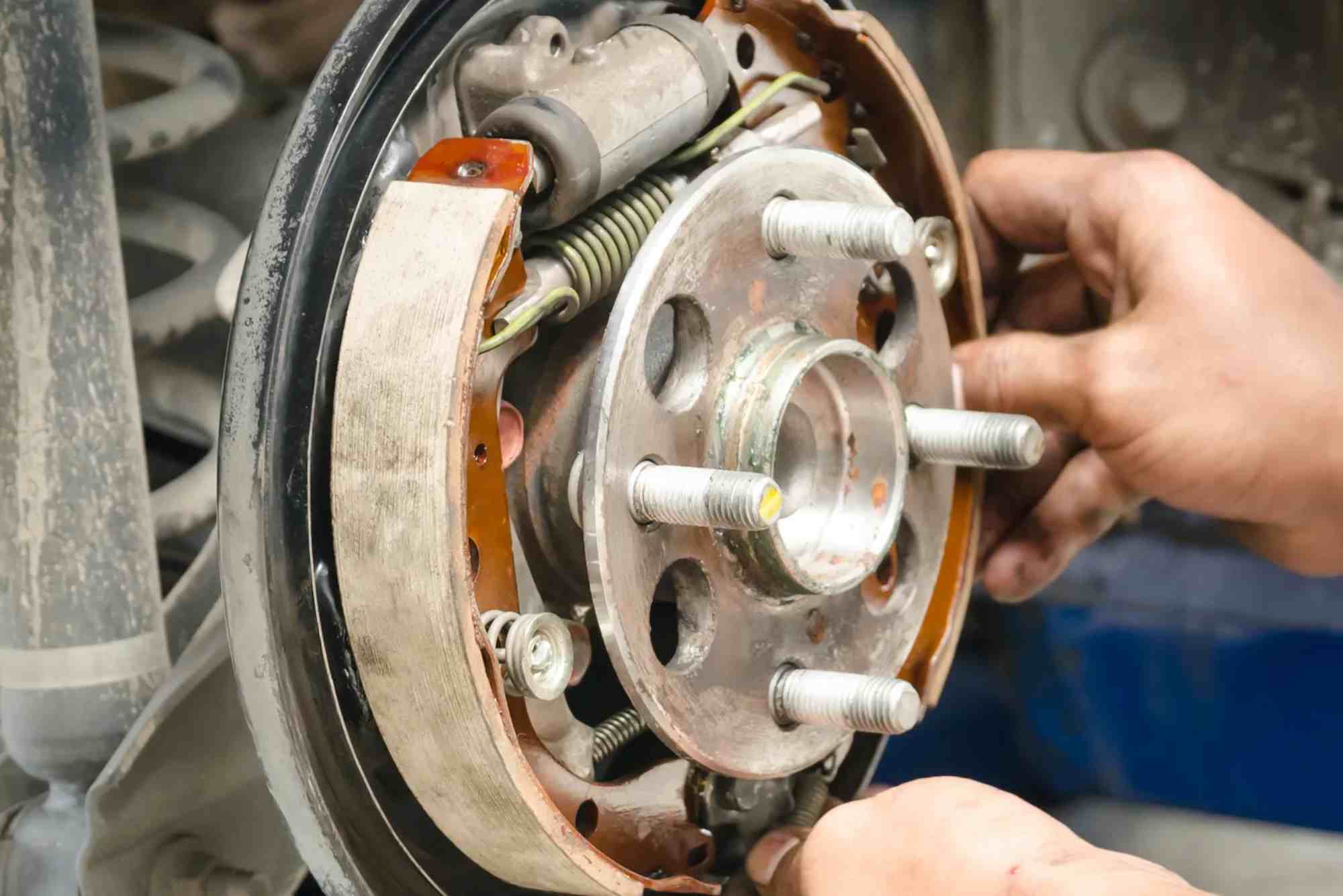Understanding the Difference Between Leading and Trailing Brake Shoes
Braking systems are among the most critical components in any vehicle. They ensure safety by providing controlled stopping power. While disc brakes dominate modern cars, many vehicles still use drum brakes, especially in rear wheels. Inside drum brakes, you’ll find two essential components: leading brake shoes and trailing brake shoes. Understanding the difference between leading and trailing brake shoes is crucial for vehicle maintenance, repair, and performance optimization.
What Are Brake Shoes?
Brake shoes are curved metal components lined with friction material. They press against the inside of a drum to create friction, which slows the wheel. In a typical drum brake setup, there are two shoes: the leading and the trailing. Each plays a unique role in generating braking force.
Leading Brake Shoes Explained
The leading brake shoe is positioned in a way that it rotates into the drum’s motion when the brakes are applied. This movement creates a self-servo effect—the shoe pulls itself harder into the drum due to rotational force. As a result, the leading shoe produces more braking force with less pedal pressure.
Key Features of Leading Brake Shoes
They engage with the drum’s rotation, improving braking efficiency.
They experience more wear compared to trailing shoes.
They provide strong initial braking force.
They are positioned toward the front of the wheel rotation.
Because the leading shoe handles more friction work, it wears faster. This is why many mechanics inspect and replace them more frequently.
Trailing Brake Shoes Explained
The trailing brake shoe is positioned opposite the leading shoe. When braking, it moves against the drum’s rotation. This means it doesn’t benefit from the self-servo effect and generates less stopping power.
Key Features of Trailing Brake Shoes
They operate against the drum’s rotation.
They provide smoother braking rather than aggressive stopping.
They wear more slowly compared to leading shoes.
They are positioned toward the rear of the wheel rotation.
Although they contribute less braking force, trailing shoes are essential for balanced stopping and vehicle stability.
Main Difference Between Leading and Trailing Brake Shoes
The difference between leading and trailing brake shoes comes down to direction, force, and wear rate. The leading shoe engages with the drum’s rotation, producing more braking power but wearing out faster. The trailing shoe resists the drum’s rotation, providing less braking power but lasting longer.
In a standard drum brake:
- The leading shoe delivers strong initial stopping power.
- The trailing shoe helps smooth and stabilize the braking action.
This balance ensures safety, control, and predictable stopping performance.
Why This Difference Matters for Vehicle Safety
Misunderstanding the difference between leading and trailing brake shoes can lead to uneven braking and safety issues. If a leading shoe is worn excessively, your stopping distance will increase. If a trailing shoe is damaged, you might experience uneven braking or instability during stops.
Maintenance Implications
Because leading shoes wear faster, they may need replacing before trailing shoes.
Incorrect installation can cause poor braking performance.
Using low-quality replacements may compromise braking efficiency.
How to Identify Leading and Trailing Shoes
Mechanics use the position of the shoe relative to wheel rotation to identify them. In most drum brakes:
- The leading shoe is toward the front of the vehicle’s rotation.
- The trailing shoe is toward the rear.
The friction lining on a leading shoe is often longer or thicker to handle the extra load. Some manufacturers mark them for easy identification.
Performance Impact: Leading vs Trailing
If your vehicle’s braking feels weak, uneven, or noisy, the condition of the shoes might be the cause. Leading shoes affect immediate stopping power. Trailing shoes influence stability during braking. Both must be in good condition for safe operation.
Real-World Example
Imagine braking hard in traffic. Your leading shoes instantly grip, slowing the car. Without trailing shoes in good shape, the braking might feel jerky or unstable.
Replacing Leading and Trailing Brake Shoes
Replacing brake shoes is not just about swapping old ones for new. You must:
- Inspect drums for wear or damage.
- Check springs, adjusters, and wheel cylinders.
- Ensure correct installation of leading and trailing shoes.
Installing them in the wrong positions will result in dangerous braking performance.
Common Myths About Leading and Trailing Brake Shoes
Some believe trailing shoes are unnecessary. This is false—they are critical for smooth, stable braking. Others think both shoes wear at the same rate. In reality, leading shoes wear much faster due to their role in braking.
FAQs
What is the main difference between leading and trailing brake shoes?
The leading shoe engages with the drum’s rotation for more braking force, while the trailing shoe works against rotation for smoother braking.
Why does the leading brake shoe wear faster?
It benefits from the self-servo effect, generating more friction and heat, leading to faster wear.
Can I replace only the leading or trailing shoe?
While possible, it’s best to replace both shoes on the same wheel to maintain balanced braking.
How do I know if my leading or trailing shoes are worn?
Signs include reduced stopping power, squealing, grinding noises, or pulling to one side when braking.
Are leading and trailing brake shoes used in all vehicles?
No. They are specific to drum brake systems, often found in older cars and some rear-wheel braking setups.
Understanding the difference between leading and trailing brake shoes is more than just technical knowledge—it’s about safety. Properly maintained shoes provide balanced, efficient braking, protecting you and others on the road. Neglecting them risks longer stopping distances, instability, and costly repairs.



